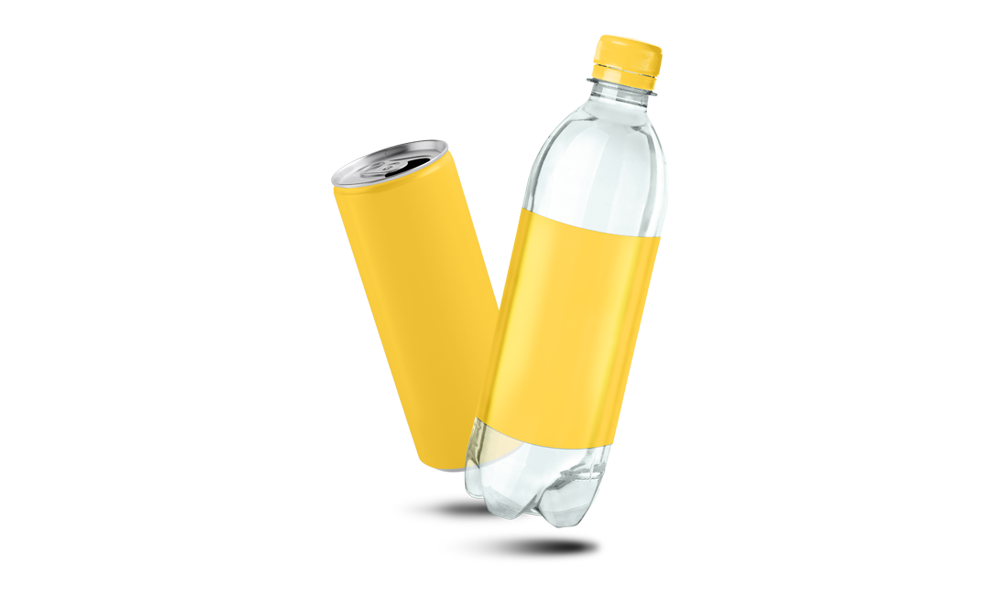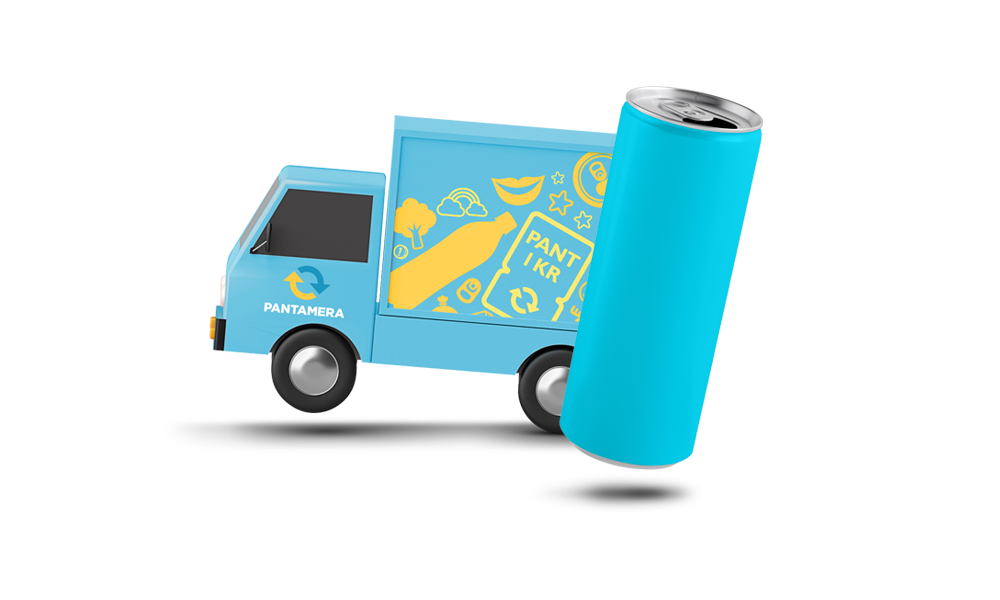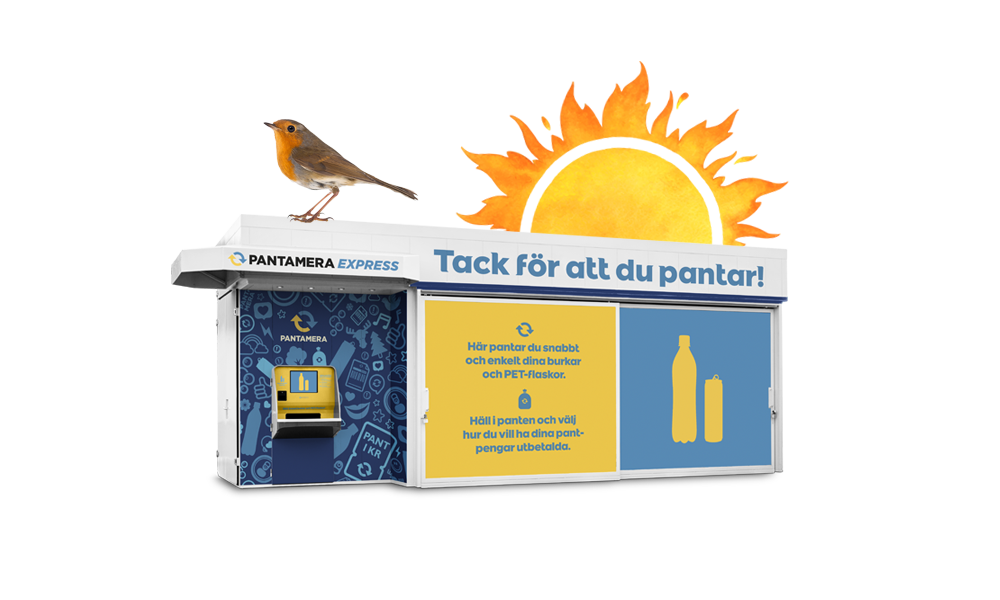From package to package
A mine above ground
Our facility in Norrköping is close to a mine above ground – here we recover more than 40 000 tonnes of material every year, aluminium and plastics that can be reused over and over and over again…
Aluminium
To extract aluminium it takes an enormous amount of energy. But the aluminium can also be recycled in infinity. To recycle aluminium it takes 95 percent less energy than to extract new material. Out of all bauxite, that you extract the aluminium out of, that has been broken down since 1886 is still in use to 75 percent. In our facility we recover yearly over 18 000 tonnes of aluminium. The aluminiumbaler are then transported by train to our two big smelters. In the smelters, the cans become liquid aluminium. Out of it, a several kilometers long, thin sheet metal. The sheet metal are then sent to the can factory. A can made out of aluminium can be recycled in infinity.
Facts about the can
On the 1st of October in 1955, the first can were introduced in Sweden, the beer can. The can has basically looked the same ever since, but has through product development been improved in terms of weight and sustainability.
PET material
Recycling plastics are also a lot more environmentally friendly than producing new. Bottles that are deposited and thereby keeps it place in the recycling ladder can be recycled into new bottles with only a minimal addition of new plastics. Around 22 000 tonnes of plastics are recycled in our facility every year. Even the caps are recycled! It is therefore important that the bottles do not end up i the garbage. The balers of plastics are transported out to our cortyard that we share with the plastic recycling factory. There, the plastic bottles are ground into granules, small flakes, which are washed clean. The flakes are transported to another company that manufactures small plastic pipes from the material. These are then blown up to the desired shape and size of the various breweries.
Facts about the PET bottle
The plastic bottle has a lot of benefits. It is light, which means less energy consumption when transporting it, which in turn result in lower transporting costs. Most of the plastic bottles that are included in the Swedish deposit system today are only PET bottles. The caps are always made of HDPE (high density polyethylene) or PP (polypropylene). The appearance and volume of the bottle varies between 19 cl and 3 liters.
Large bottles are recycled to a greater extent than the small bottles. The reasons for this are several; where one consume the drink, space reasons and the deposit that is paid out when depositing. The large bottles are consumed mainly in the home where it is easier to collect them and bring them with you for deposit or recycling. The small PET bottles are usually consumed outside the home and then people are not as good at recycling it. Since 2015 it is possible for producers of fruit syrup (saft) to have a deposit on their products and in 2018 the same possibility is available for producers of juice. Look for the deposit marking.




